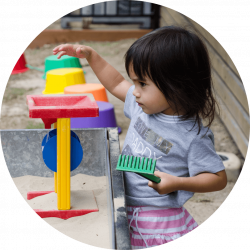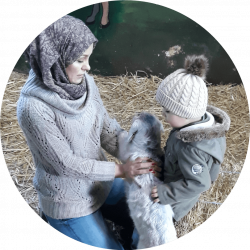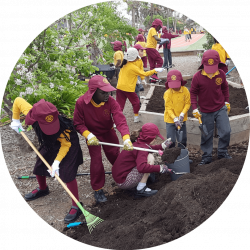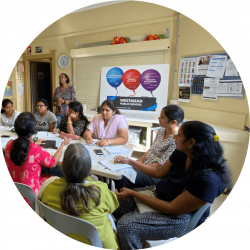The program outcomes are designed to strengthen social cohesion and inclusion through planning programs around several key areas – engagement, early childhood, English, and vocational pathways. These program areas aim to deliver four key outcomes for children, families, schools and communities.

Child outcomes
Children enjoy and succeed in school and achieve optimal health, development and wellbeing.
This is achieved through:
- Participation of children in a range of early childhood development activities including kindergarten.
- Language and literacy skills of children upon entering schools.
- Prompt identification and response to children’s needs and issues.

Family outcomes
Families function well; have the capacity, confidence and skills to nurture child learning; and are connected, active participants in the community and workforce.
This is achieved through:
- Participation in English language, literacy learning, parenting and community activities.
- Knowledge of and access to available services and assistance.
- Social networks leading to strong social cohesion and involvement in decision-making processes.
- Engagement and skills in nurturing child learning and development.

School outcomes
Schools respond to the needs and aspirations of migrant children and families.
This is achieved through:
- Awareness of and connections to schools, early years and community services.
- School engagement and connections with migrant families to support child learning outcomes.
- School capacity to have collaborative partnerships with families.

Community outcomes
Community services respond early and effectively to migrant child and family needs.
This is achieved through:
- Community services connection and accessibility.
- Community services connections with school and other agencies.
- Service coordination and collaboration to meet the needs of families and their children across the community.